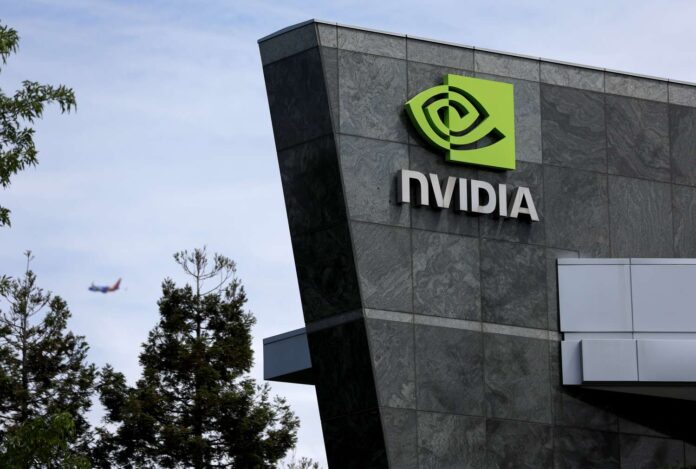Nvidia-Backed CoreWave Downsizes US IPO: CoreWave has officially downsized its United States initial public offering and is all set to sell its shares at lower prices as well. The company informed the investors about the downsizing this Thursday. The company that Nvidia is backing is now looking to sell 37.5 million shares at $40 apiece. This press is even below the lower end of the indicated price range. If you are someone who wants to know more about downsizing, this article is for you. It brings you everything you need to know about Nvidia-backed CoreWave downsizing its US IPO.
Nvidia-backed CoreWave Downsizes US IPO: Weaker-than-expected Reception
CoreWave’s roadshow began last week and, unfortunately, received a weaker-than-expected reception. The investors who are currently seeking certainty in the volatile market weighed concerns over the company’s long-term growth. Therefore, the company will now only sell 36.6 million out of the 37.5 million shares, while the existing stockholders will sell the remaining 910,000 shares. Nvidia will reportedly anchor the IPO at the price with a $250 million order. The sale would be expected to raise $1.5 billion and value CoreWave at about $23 billion on a fully diluted basis.
also read: Car Prices will Surge by Thousands of Dollars due to Trump Tariff
Heavy Reliance On Microsoft A Major Concern
One of the major concerns that may have resulted in a weaker reception is the heavy reliance of the company on Microsoft. The shifting AI data center strategy of Microsoft is expected to impact the long-term demand for chips known as graphics processing units or GPUs. The investors are apparently comfortable with the high leverage of the company and the strong cash flow. However, the risk of failure in the fulfillment of commitments still remains a worry. In addition to that, the capital-intensive business model of the company also raises concerns over sustainability.
A Signal For Reduced Confidence In The AI Infrastructure Market
A weak reception of the CoreWave IPO in the United States may signal reduced confidence of investors in the AI infrastructure market. The company is a major customer of Nvidia’s GPU and the scaling of GPU assets in AI training slows down. Lukas Muehlbauer, who is a renowned research analyst at IPOX, explained in his analysis how the business model of CoreWave doesn’t seem fundamentally flawed. This means the weaker-than-expected reception suggests investors are now recalibrating AI infrastructure valuations.
Uneven Data Center Spending And Debts
The AI industry has witnessed major growth in the past few years. However, investors are still worried about data center spending being uneven. They are concerned that the investments will concentrate among the giants while others will keep struggling to keep pace. Low-cost AI rivals like DeepSeek have also emerged as a rapidly growing threat, fueling the concern surrounding data spending. The company also had a major debt of about $8 billion as of last year. It also leased a total of 32 data centers as well as equipment, which resulted in operating lease liabilities worth $2.6 billion. The company will use $1 billion of the IPO proceeds to pay off the debt. It hasn’t turned any profits as of now.
Recent Partnerships
Before the company launched its IPO in the US markets, CoreWave established several partnerships with major companies, including Sam Altman’s OpenAI. It even signed an infrastructure deal worth $11.9 million with the maker of ChatGPT. It is going to issue shares worth $350 million through a private placement as an offering. The lead underwriters of CoreWave’s US IPO include Morgan Stanley, J.P. Morgan, and Goldman Sachs.








